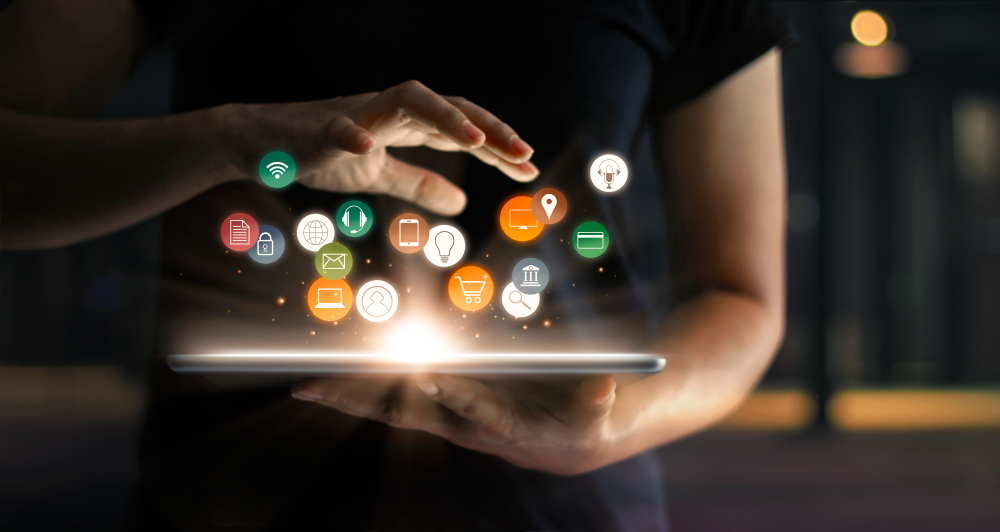Grounded by a lockdown and a closed kindergarten for the kids, I am sitting home in the afternoon for the seventh time, bored, and suddenly my phone rings. My mother, in her 70ies, who lives 170 km away from me, appeared on my FaceTime camera. She doesn’t use a computer much and has been struggling to reply, often with a single word, to a simple text message. She missed her granddaughter so much that she decided to overcome her fear of technology. I don’t know how it happened, but she called and told me that she ordered some cosmetic via Allegro and then, when I sent her some pictures of my daughter after we finished talking, she responded with emoticons. I think that contrary to appearances, the world around me has not stopped at all.
GWI published the latest report “Connecting the Dots 2021”, which draws attention to the accelerated digitalization of older generations. I checked the data for Poland – it turns out that many daughters and sons of the baby boomers generation probably experienced astonishment similar to mine. Absorbed by school closures and other restrictions, we rarely see that in the shadow of these undeniably groundbreaking events, the great digital revolution of the 56+ generation will take place. Let us take a closer look at it.
In the results of the GWI study we observe as much as 60% (in words, sixty percent) increase in the time spent on using the Internet in a mobile phone by people aged 56 and over. They are still lagging behind the total number of Internet users, but the younger generations, whose time with mobile Internet remained unchanged or increased only slightly.

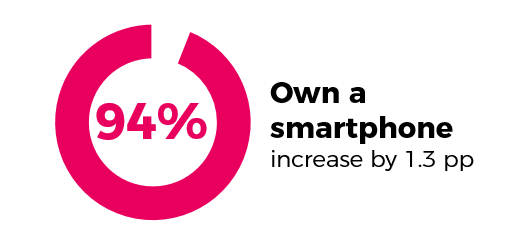
The increase in average online time on a tiny screen, which, in fact, you always have with you, is a sign that this year baby boomers have started to satisfy more of their basic needs on the Internet. In first place, of course, is the need for contact with loved ones, but not only – also entertainment, basic physical needs (food, health) and financial security.
The use of the chat or Messenger by 56+ users increased by 11pp in 2020 and joined such activities as the use of social media, e-mail, shopping platform (Allegro type) or checking the weather – that is, those performed by at least 9 out of 10 Internet users. Almost half of them sent or posted a picture on the Internet in the last month (+4pp) and 4 out of 10 send messages to friends while watching TV (+11.5 pp this year).
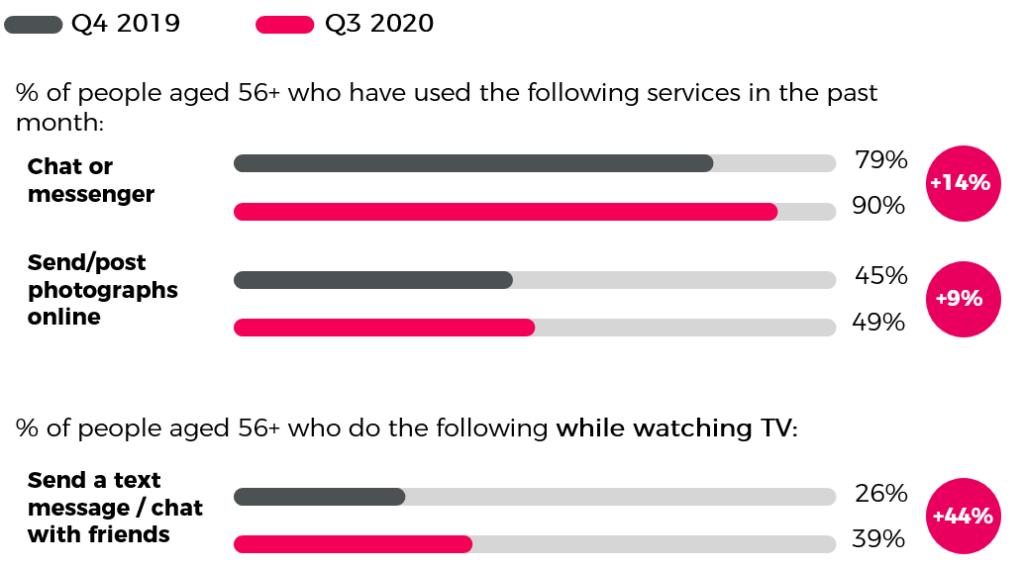
An absolutely basic activity also includes the use of online banking, which has increased by 2.5pp (to 90%). What’s more, already 20% of baby boomers declare that they use BLIK, which will certainly continue to grow in line with the (largest in the financial category) increase in the use of mobile banking applications (+8pp and 54% of users vs. 58% among all Internet users).

The research also refutes the myth that TV is the only and sufficient entertainment for the silver generation. The limitations of public attractions have clearly affected this group, which in Q3 2020 compared to Q4 2019 used gaming applications more often (now 24% on average per month, +5.5%); visited online casinos, gambling or lottery sites (18%, +7.5pp) and even used dating applications (11.5%, +3.2pp). The use of streaming services such as Netflix at least once a month has also increased by 15pp (to 39%) in this group.
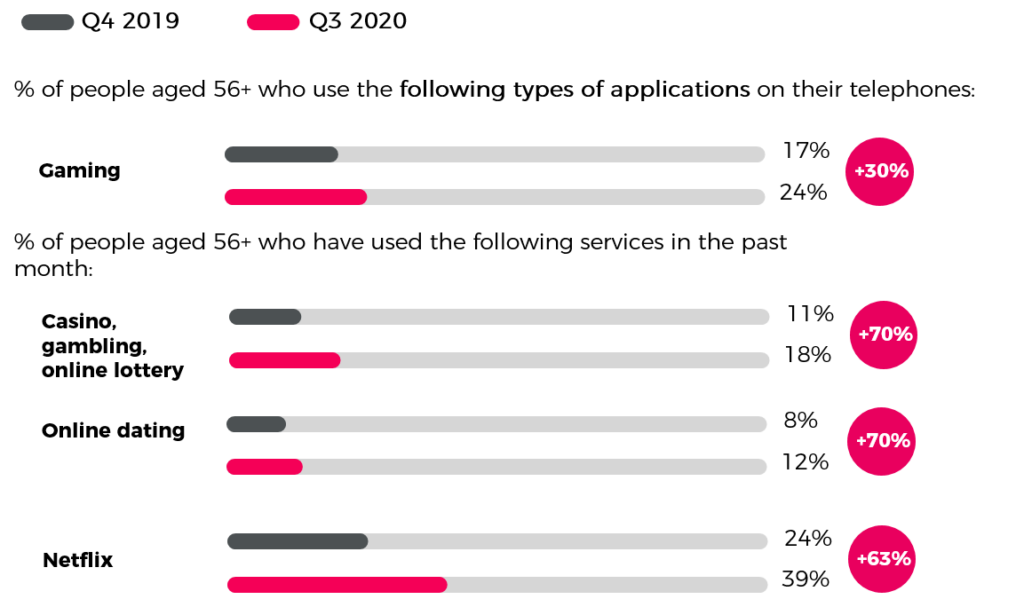
Long-term restrictions caused many baby boomers to feel like a fish in water on the Internet, as evidenced by the satisfaction of basic needs in digital. Nearly every 3 member of the 56+ generation did their grocery shopping online (up 9pp), every 5th ordered food online (including through apps; up 3pp), every 5th also used a health or diet app (+6pp), and every 7th decided to monitor their sporting activity or health through a smart watch (+5pp).
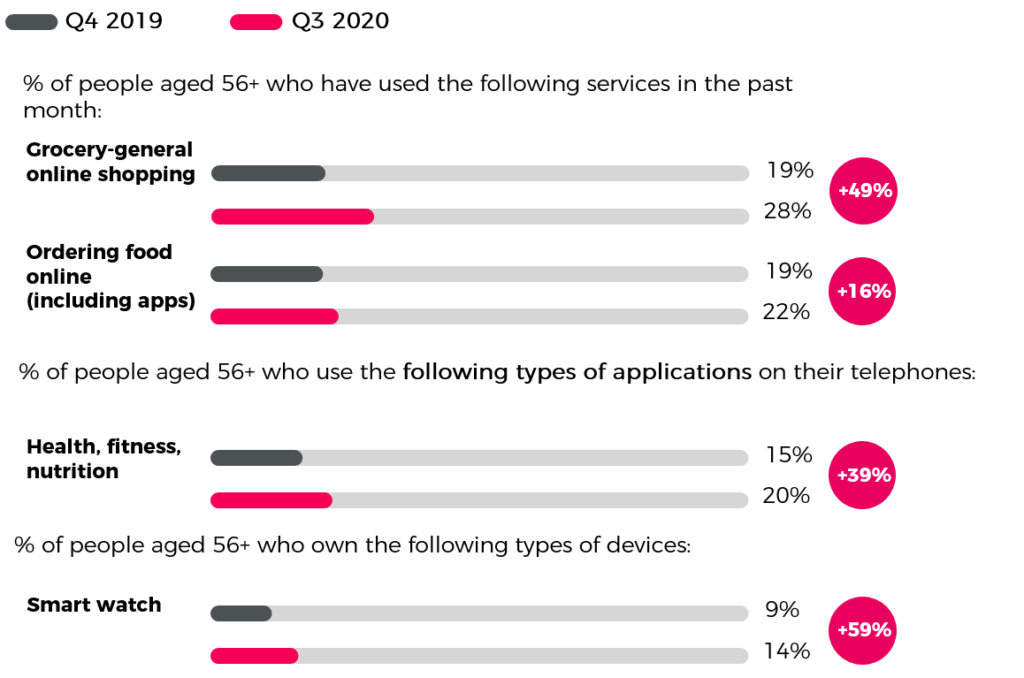
At the same time 92% of people aged 56+ do not feel represented in the ads that reach them (for generation Z this percentage is only 77%). The stereotype perception of the older group as having a much lower income cannot be an excuse either, because on average it is only 4% below the population value. There is one conclusion: it is high time to rethink your digital strategies in terms of how to incorporate the new – digital – face of baby boomers.

